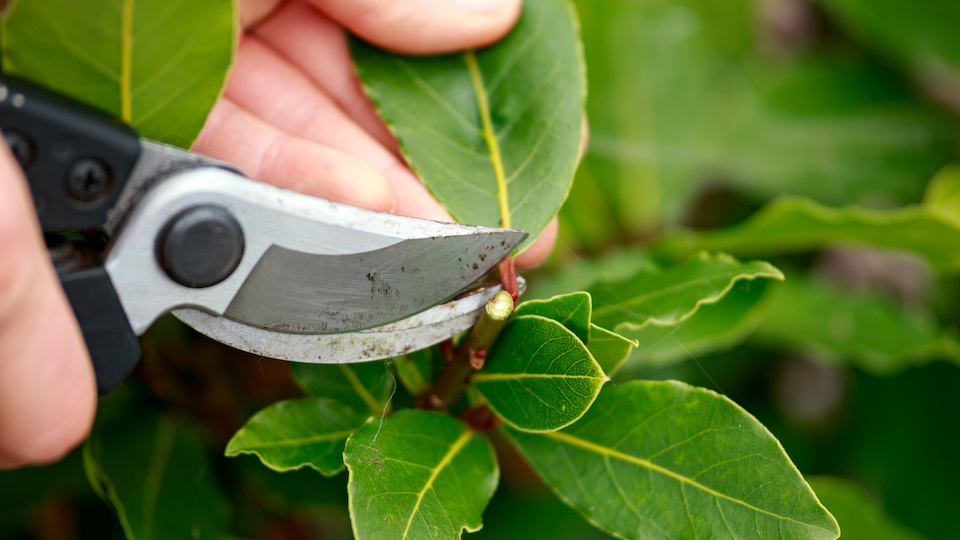Spices add flavor and zest to any meal. They are aromatic, delicious, and packed with health-promoting properties. They can also be kind of expensive if you use enough of them. The good news is, you can grow an abundance of beautiful spices right in your home garden.
What is the difference between cooking herbs and spices
Before we dig into some of the amazing spices that you can grow at home, it is crucial to make a distinction between cooking herbs and spices. Cooking herbs are either fresh or dried leaf parts of annual, biennial, or herbaceous plants. Annual plants are technically those that start from seed each year and die after setting their seeds. Biennial plants generally only live for one year. Herbaceous plants may be perennial or biennial plants that die back to the ground in the winter and do not grow woody parts above the soil line.
Spices, on the other hand, are seeds, fruit, or bark of any plant. Spices can be made from the leaves of woody perennials and evergreens. For example, bay leaves are the leaves of the evergreen Bay Laurel shrub. Even though it is the leaf part of the plant, it is still considered a spice, not an herb, because the leaves grow on the woody stems of a perennial that does not die back to the ground in winter.
Is rosemary and herb or a spice?
There is a little gray area when it comes to rosemary. The leaves that are used only grow on new, non-woody growth. In cold weather, young leaf tips die back to the woody stems. Because of this, it is fair to call rosemary an herb and a spice.
Easy to grow spices
If you love spices and you love to garden, here are some of the best easy-to-grow spices to get you started.
Coriander
Coriander seeds come from the cilantro plant. If you live in a warm area, cilantro plants will bolt quickly, which is what you want them to do to produce seeds. Let your plants keep on growing until seed heads form and dry. Simply shake seeds from the seed heads into a paper bag.
Fennel
Seed fennel is a perennial plant that requires its own dedicated spot in the garden. Fennel seeds are a key ingredient in Italian sausage, baking recipes, and Indian dishes. These small black seeds are also a great post-dinner breath freshener.
Garlic
Garlic is an excellent storage veggie and can be used most of the year in its bulb form. However, when garlic is dehydrated and powdered or minced, it becomes a potent spice for many amazing dishes. The best garlic to use for dehydrating into a spice is softneck garlic.
Bay Leaf
As mentioned above, bay leaves come from Bay Laurels – a shrubby tree that is hardy in USDA growing zones 8-11. However, you can also grow these plants in containers. Keep them outdoors when the weather is beautiful and bring them inside or place in a greenhouse to overwinter. Bay leaves pair well with soups and stews. Plus, they make great decorations and are attractive and aromatic in bouquets.
Dill
Dill is super easy to grow as a spice, and there is nothing like the taste of fresh dill in sauces and salads. Ground dill seeds are a perfect addition to homemade ranch dressing. Let the dill flower and seed in hot weather and shake seeds off the flower heads into a bag or bowl. Do not grow dill near wild dog fennel or cultivated seed fennel as it cross-pollinates.
Paprika
Although sometimes labeled as a bland seasoning, paprika is a very magical spice. It does not have a lot of flavor on its own, but when paired with tomatoes or meat, it creates a flavor explosion and also adds beautiful color to sauces. Paprika is grown from mild peppers that are dried and powdered. These peppers have papery skins, which make them great for drying. Choose varieties from Spain or Hungry.
Lavender
Although lavender is mostly known as an herb, it can also be a spice, since you can use the seeds. Not only is lavender easy to grow, but it is also beautiful and highly aromatic. Add lavender seeds to black tea or steep them in goats milk to make lavender ice cream – yummy!
Are you ready to grow some spices of your own?
-Susan Patterson, CBHC and Master Gardener




